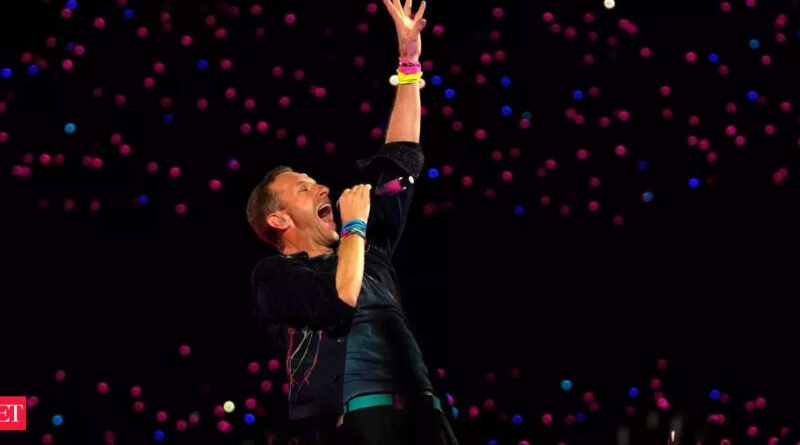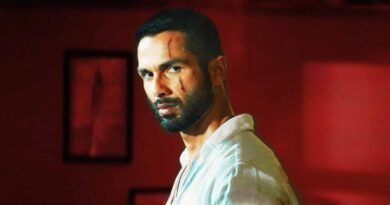Coldplay’s Indian Concerts: A Paradox of Luxury Spending and Economic Contrasts
Coldplay’s Indian Concerts: A Paradox of Luxury Spending and Economic Contrasts
In a remarkable display of India’s growing appetite for live music, Coldplay’s recent concerts in Mumbai and Ahmedabad have set a new benchmark for the country’s concert scene. The British rock band’s final concert in Ahmedabad, held on January 26, drew a record-breaking 1.34 lakh attendees, surpassing previous records and highlighting India’s immense potential for hosting large-scale live events. This success, however, contrasts sharply with the broader economic landscape in India, where urban consumption has shown signs of slowing down, revealing a complex paradox in consumer spending habits.
Key Takeaways
- Coldplay’s concert in Ahmedabad set a new record with 1.34 lakh attendees, marking the largest ticketed concert in India to date.
- Despite high attendance at luxury events like concerts, urban consumption in India has slowed, indicating a dichotomy in spending patterns.
- Prime Minister Narendra Modi has emphasized the need for improved infrastructure and skills to tap into India’s potential for live concerts, which could boost tourism and employment.
- The luxury market in India is on an accelerated growth trajectory, driven by an expanding affluent class and higher disposable incomes, yet a significant portion of the population still prioritizes essential spending over discretionary spending.
- The concert economy is projected to generate substantial revenue, with estimates suggesting it could rake in Rs 6,000-8,000 crore annually.
Economic Contrasts and Consumer Spending
The success of Coldplay’s concerts underscores a peculiar economic dynamic in India. On one hand, there is a clear and growing demand for luxury and premium experiences, such as high-end concerts. This is part of a larger trend where Indian consumers are increasingly embracing luxury spending, with significant growth in sales of luxury goods and services. The luxury market in India is expected to reach $32 billion by 2030, driven by an expanding affluent class and higher disposable incomes.
On the other hand, this luxury spending coexists with a more cautious approach to essential spending. Many Indian consumers continue to prioritize necessities over discretionary spending, reflecting a broader economic caution. This dichotomy highlights the complex and nuanced nature of India’s consumer market, where a segment of the population is driving luxury consumption while the majority remains focused on essential expenditures.
Infrastructure and Economic Opportunities
Prime Minister Narendra Modi has seized on the success of Coldplay’s concerts to advocate for greater investment in India’s concert economy. He has urged state and private sectors to focus on improving infrastructure and skills necessary for hosting large-scale live events. According to Modi, this could not only attract more global artists but also boost tourism and create significant employment opportunities. The economic potential is substantial, with estimates suggesting that the live entertainment industry could generate Rs 6,000-8,000 crore annually.
Future Outlook
As India prepares to host the first-ever World Audio Visual Entertainment Summit (WAVES) next month, there is a growing optimism about the country’s potential to become a major hub for live music and entertainment. The success of Coldplay’s concerts serves as a catalyst for this vision, highlighting the need for coordinated efforts between the state and private sectors to develop the necessary infrastructure and skills. With the right investments, India could leverage its growing affluent class and increasing disposable incomes to create a thriving concert economy that benefits both the entertainment industry and the broader economy.




